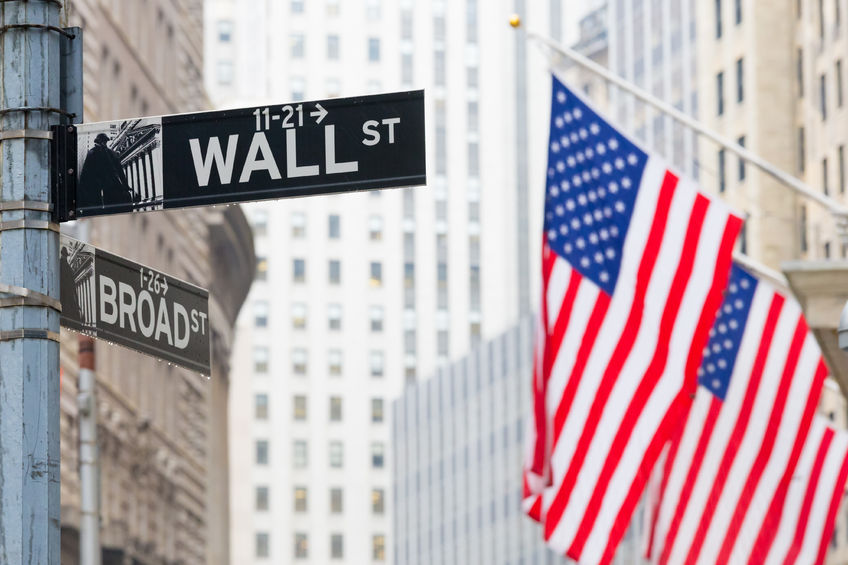
As interest rates rise, U.S. banks are facing growing pressure on their capital levels from higher unrealized securities losses in the first quarter, says Fitch Ratings in a new report.
While higher interest rates are expected to help boost banks’ margins, they will also generate increased unrealized losses from available-for-sale (AFS) securities, which could negatively affect reported regulatory capital levels for the largest banks, Fitch said.
Banks’ securities portfolios have grown 57% since before the pandemic to US$6.3 trillion, the report noted — meaning they could have a bigger impact on banks’ capital.
“Given the significant growth in securities holdings during the pandemic and the expected faster pace of Fed rate hikes and quantitative tightening, the impact to banks’ capital could be potentially higher in Q1 than in past tightening cycles,” it noted.
For the first quarter, the jump in 10-year Treasury yields caused the value of AFS securities to swing from a US$5 billion net gain position (at the end of 2021) to an unrealized loss of US$80 billion, the report said.
As a result, it expects the sharp rise in unrealized losses to shave 40 to 50 basis points from banks’ tangible common equity, on average, “with the impact to individual banks dependent on the size, duration and composition of their securities portfolio.”
“All else equal, banks most vulnerable to mark-to-market capital reductions are those that have large securities portfolios with a large percentage of their securities portfolio designated AFS, as opposed to held to maturity,” the report said.
The report indicated that Fitch doesn’t expect any immediate ratings impacts, as banks’ capital levels are expected to stay within current ratings expectations.
“Improved earnings generation and the convergence between book and market values of affected securities will offset capital impacts over time,” it said.
“Higher rates will benefit most banks’ net interest margins,” it said, “but there will be a lag between any immediate negative effect on capital and the positive earnings impact from higher rates.”